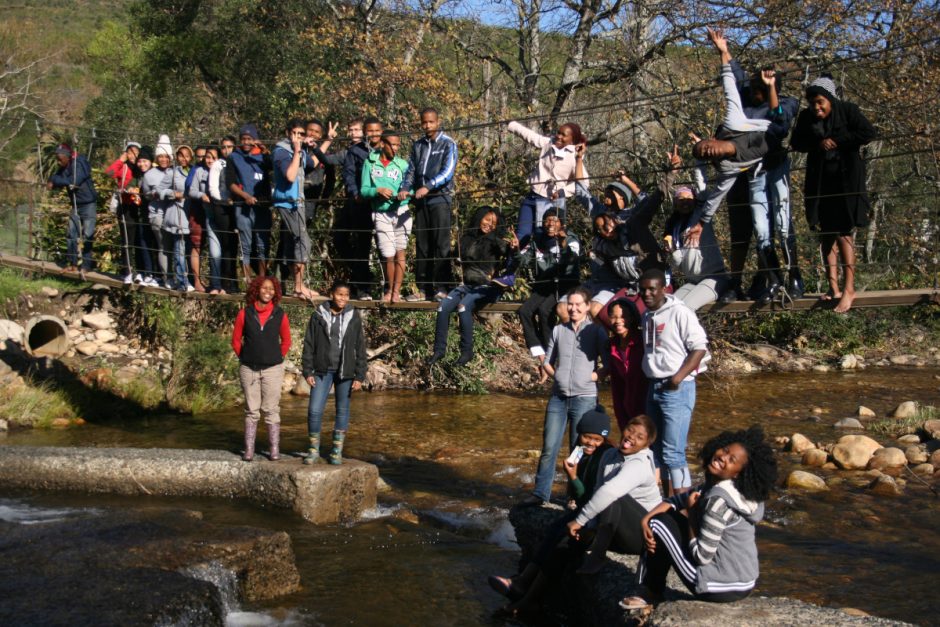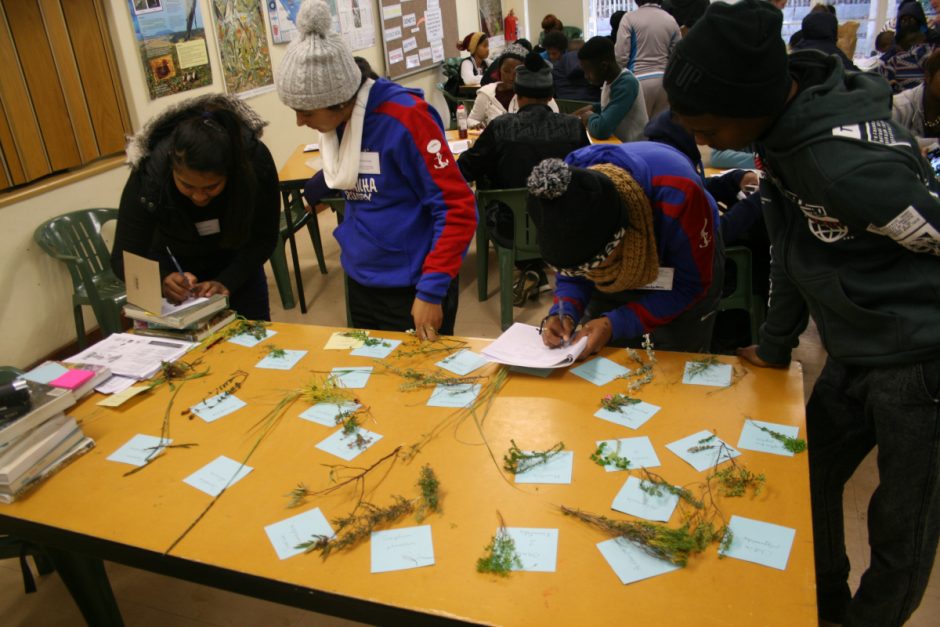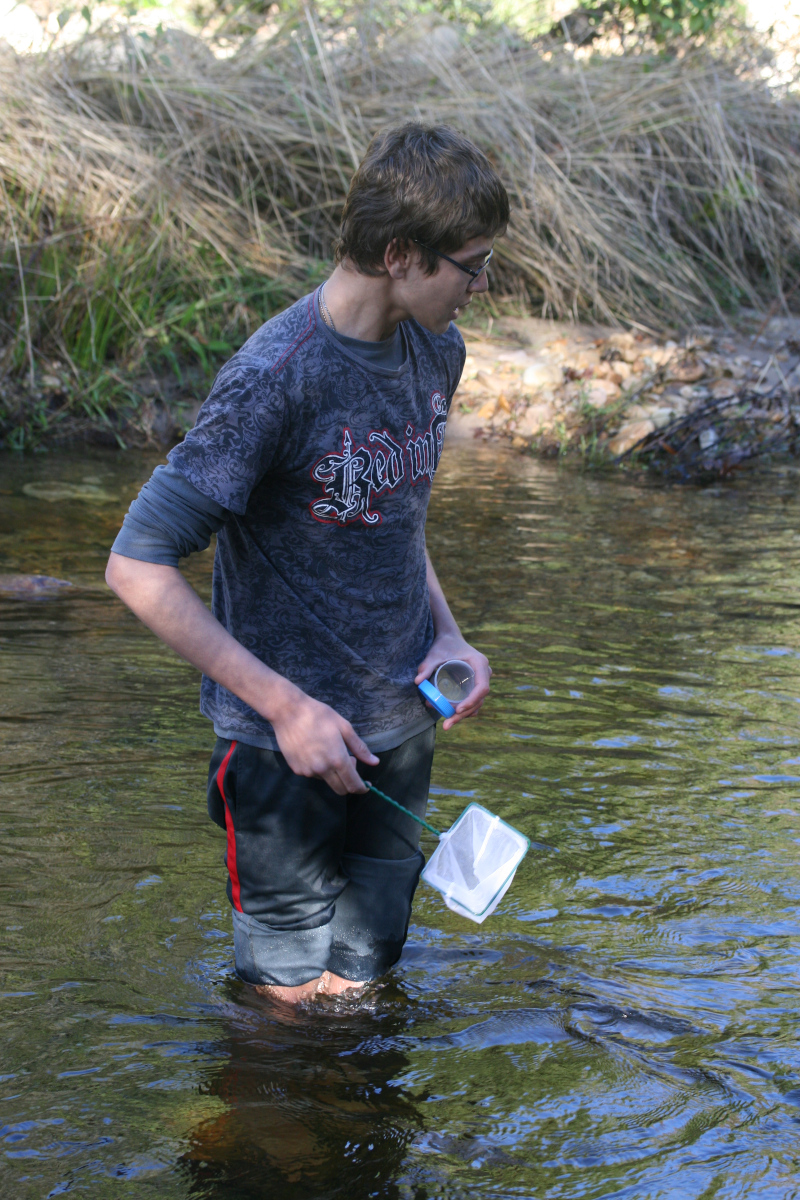The Western Cape has a lot to boast about when it comes to biodiversity, and who better to inform than the youth who will be protecting it one day! In support of this, the Iimbovane Outreach Project hosted a “Big on Biodiversity” workshop at the C·I·B, Stellenbosch University between the 27th June and 1st July 2016. The aim of the workshop was to engage Grade 10, Life Science learners in biodiversity science and to make it practical with hands-on investigations.
The workshop was attended by 32 learners from 13 schools across the Western Cape. Schools represented included Manzomthombo Secondary School (Blackheath), Luhlaza Finishing School (Khayelitsha), Diazville High School (Saldanha), Riviersonderent high School (Riviersonderent), Gerrit du Plessis Secondary School (Riversdal), Swellendam Secondary School (Swellendam), Vusisizwe Secodary School (Worcester), Groendal Secondary School (Franschoek), Weltevrede Secondary School (Wellington). Umyezo Wama Apile Combined School (Grabouw), Emil Weder Secondary School (Genadendal), Cape Academy for Mathematics, Science (Tokai) and Techonology and South Peninsula High School (Dieprivier).

Mini research projects
The 5-day workshop gave learners the chance to perform their own mini research projects in a variety of ecosystems. During these mini research projects the budding scientists learned how to collect, analyse, interpret and finally present data.

The mini research projects included insect sampling, assessing river health and monitoring fynbos vegetation, which involved a trip to the Helderberg Nature Reserve, in Somerset West. Jan-Hendrik Keet, PhD student at the DST-NRF Centre for Invasion Biology (C·I·B), treated the learners to a session on fynbos diversity and ecology. He took learners into the veld and showed them the diversity of fynbos species, as well as the different vegetation monitoring techniques used.
As Ayakha Tomose from Visisizwe Secondary School reflected, “Today I have learnt about nature, what type of plants you find in fynbos. We studied different types of plants. We also determined the plant diversity of a nature reserve and the habitat structure of the vegetation and we measured the height of plant species.”
Back from the field, the Iimbovane team showed the learners how to use microscopes and scientific keys to identify types of insects. This was followed by a session in the computer laboratory, where the leaners learned basic computer skills.
As Kayla Haricombe from Diazville High School described the microscope session, “Today I learned to recognise and identify insects using a microscope. I really enjoyed it.”
Potential careers
 Between all the hands-on science activities, learners also experienced life on Stellenbosch University campus. They visited the Neelsie Student Centre and many learners were surprised and impressed by the Stellenbosch University underground library.
Between all the hands-on science activities, learners also experienced life on Stellenbosch University campus. They visited the Neelsie Student Centre and many learners were surprised and impressed by the Stellenbosch University underground library.
“We also went to the library, which was very interesting. The library was so big!” says Kimberlin Japhta, a learner from Weltevrede Secondary School.
A presentation by advisors from the Centre for Student Recruitment and Career Advice (http://www.maties.com/career-guidance.html) explained the enrolment procedures as well as the study opportunities that the University offers.



